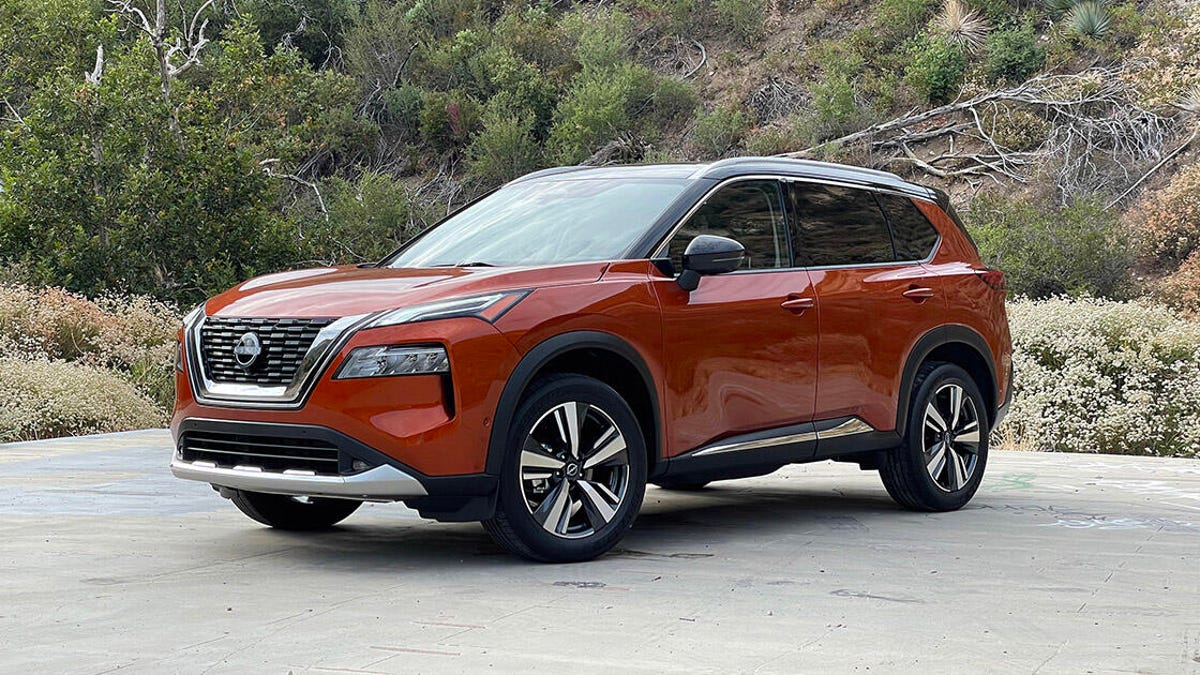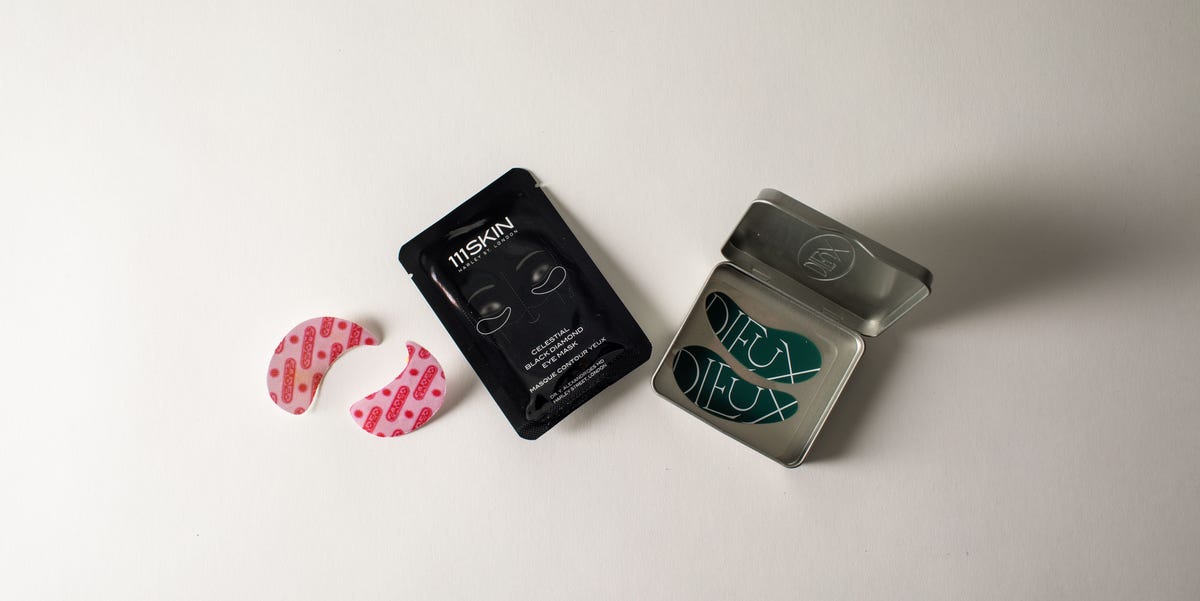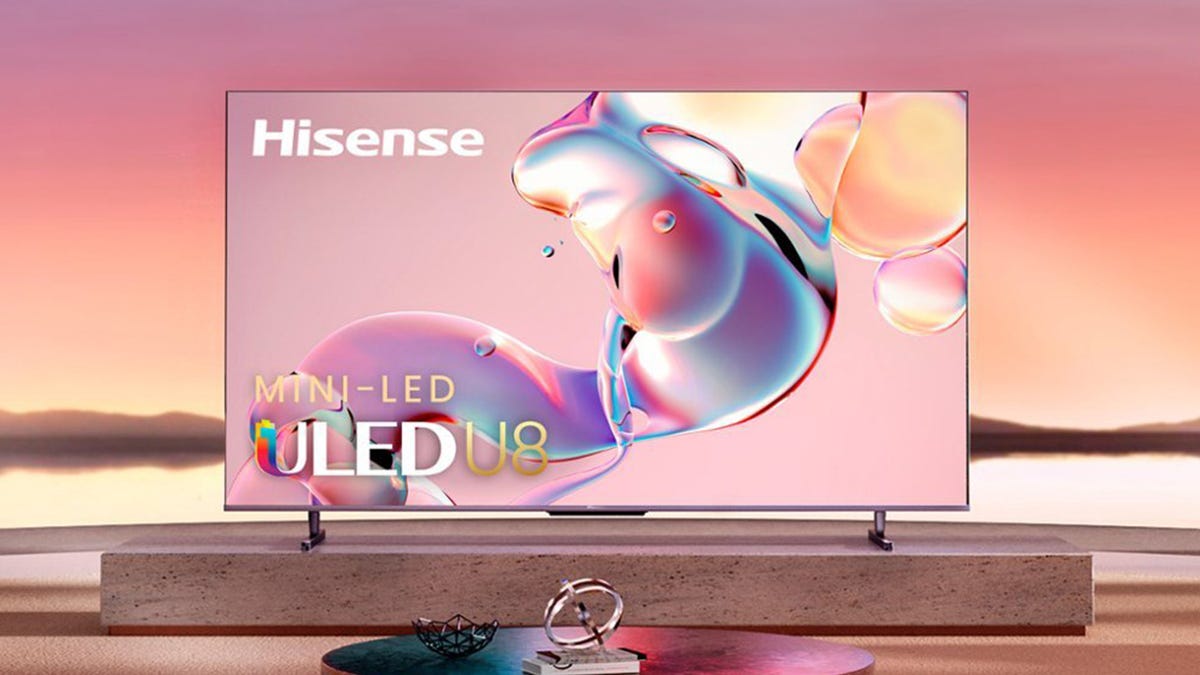The Best Gluten-Free Pastas, According to a Discerning Eater Editor


As a food editor with gluten intolerance, I’ve tried them all — and this bucatini, penne, spaghetti, and beyond get top (delicious) marks
Gluten-free foods are used to getting a bad rap. Gluten-free pastas have long been pegged as temperamental to cook and prone to mealiness; gluten-free pizza crusts could be too crackery, limp, or dense; gluten-free cookies could sub in for a weak doorstop or crumble at the touch from dryness. Because there have, admittedly, been historically poor facsimiles for wheat-based foods, anything marketed as “gluten-free” could find itself under fire.
But, as with the ongoing betterment of vegan food, times have changed — and in recent years, if you know where to look, there are many formidable, 100-percent-zero-gluten products on the market, including fantastic, chef-approved gluten-free pastas that make wheat seem irrelevant. Gluten-free pastas tend to use a blend of rice, corn, or legume flours, and sometimes have a higher protein content than their durum wheat counterparts, making them an increasingly appealing choice for a broader audience than just the gluten-sensitive. And unlike the gray old days, when finding a passable box of gluten-free spaghetti or penne seemed the best we could do, in 2025, brands are having way more fun with wheat-free shapes (yes, there’s even stelline).
/cdn.vox-cdn.com/uploads/chorus_asset/file/25939736/IMG_6016.jpg) Nicole Adlman
Nicole Adlman
In addition to being an Eater editor with a discerning palate, I’ve been gluten-intolerant for at least a decade. I finally stopped eating gluten-containing foods around eight years ago (it was hard to break up with wheat, okay?) and generally abide by a zero-gluten diet to avoid unnecessary pain. What used to be a thorn in my side has actually become, in my eyes, a great thing: I no longer desire or even like the taste of wheat-based foods — the smell of flour tortillas is extremely off-putting to me — and I revel in finding gluten-free products that are just as good as, if not better than, their wheat-based counterparts. For the last few years, I’ve also co-curated the gluten-free dining guide for Eater Los Angeles. Here’s my guide to the best gluten-free pasta you can buy right now. The gluten-free pastas below have been tested and rated by shape, texture, taste, and overall quality.
What Makes a Good Gluten-Free Pasta
Gluten-free pastas are typically made with a blend of flours, including brown or white rice flour, corn flour, legume flours, and more. Many quality gluten-free flour blends exist on the market now for fresh pasta makers, and even more brands sell packaged pastas formulated with a mix of wheat-free flours and starches.
Gianba Vinzoni, an Italian native, began to offer handmade gluten-free pastas in the former Pacific Palisades location of his restaurant Cinque Terre West (now operating at the Colony in Venice) because his daughter is gluten-intolerant. He contends that a great gluten-free pasta comes down to its binder. “Pasta is basically durum wheat flour and water — you make a dough with your hands and it sticks together. But gluten-free flours have different textures and when you add water to them, they break,” Vinzoni says. “So you need a binder like xanthan gum, which acts as the ‘gluten’ part, helping the dough stretch like a shirt and not break.” In short, the reason some gluten-free pastas struggle to achieve that classic al dente noodle texture is because they lack the stretchy, chewy quality that gluten affords — but other ingredients can substitute or emulate that.
/cdn.vox-cdn.com/uploads/chorus_asset/file/25939726/IMG_6827.jpg) Nicole Adlman
Nicole Adlman
So how do you cook gluten-free pastas to ensure they don’t turn into mush? Vinzoni suggests cooking packaged gluten-free pasta in boiling water for at least a minute and a half shorter than the suggested cook time, and finishing it in a sauce that reduces with the pasta for the last minute or two. When he’s not making fresh gluten-free pasta, he’ll pick up Barilla penne or spaghetti, or order pastas by La Veneziane, which is corn-flour-based.
What I’ve found, in my kitchen practice, is that I have to cook gluten-free pastas for even less time than that to reach the elusive al dente texture I want before I finish it with sauces, vegetables, or proteins. For most pastas on this list, I reduce the suggested cooking time by half, sometimes even a little more, depending on the size and type of pasta; this also involves making sure my water is truly at a rolling boil before I start the pasta’s cook time. The cook time cut-down allows me to drain the pasta at its al dente peak before finishing it with reserved pasta water and whatever sauce I have on deck. (If you don’t believe me on the half-time factor, try it.)
The Best Gluten-Free Pasta
Best Overall Long Gluten-Free Pasta: Banza Gluten-Free Bucatini
Banza’s pasta — made with chickpea flour, pea starch, and tapioca (a starch derived from cassava root) — gets huge points for its protein content (“20 grams of protein! 8 grams of fiber!” the box practically screams from the supermarket shelf) and for the fact that it makes a bucatini, arguably the best long pasta. It’s worth noting that Banza is one of the trickier brands to cook properly. I’ve found that I have to boil Banza’s bucatini for no more than four and half minutes for it to reach the al dente level I like before I finish cooking the noodles in a sauce. That said, to each their own: Some people might like more pliable noodles, so cook to your preference.
The brand also offers compelling pasta shapes like rotini, shells, cavatappi, gemelli, penne, and orzo, and its boxed macaroni and cheese rivals the classics. Try the variety packs with assorted classic shapes — all of which are pretty good.
Best Gluten-Free Spaghetti: Bionaturae Gluten-Free Spaghetti
Sometimes, you just need a big ol’ plate of spaghetti. But why not have one fortified with something high-protein, like lentil flour? Bionaturae blends brown rice flour, white rice flour, and yellow lentil flour to make something greater than the sum of its parts. You’ll get a good bowl of spaghetti if you nail the cook time no matter what you dress your noodles in: It’s satisfying with buttery sauces, red sauces, Bolognese sauces, rustic pestos, and more (a carbonara would be a nice move for this particular pasta). The brand also has a linguine and other shorter shapes on offer with the same lentil-infused flour blend, if spaghetti is too normcore.
Best Overall Short Gluten-Free Noodles: Giadzy Gluten-Free Mezzi Rigatoni
/cdn.vox-cdn.com/uploads/chorus_asset/file/25939711/IMG_6575__1_.jpg) Nicole Adlman
Nicole Adlman
Giada De Laurentiis’s artisanal Italian foods, pastas, and pantry products brand, Giadzy, is what happens when you take the aesthetics of Goop and merge it with the culinary star power of a former Food Network host. In Giadzy’s butter yellow and green boxes (its wheat-based pastas get a red design), you’ll find a gluten-free pasta made primarily of corn flour (90 percent) and rice flour (10 percent). Hands down, the best part of Giadzy’s pasta line is how damn fun the shapes are: Noodle variety seems to be how Giada is differentiating her products, with gluten-free taccole corte (a ruffled shape almost like a mini lasagna noodle), stelline (the tiny stars that everyone kind of loves), and ziti corti rigati among the first releases from the brand’s gluten-free selection.
The best choice from Giadzy for shorter, tubular noodles that have ridges for sauce to cling to is undoubtedly the mezzi rigatoni — which also happens to be my favorite pasta shape of all time. (What’s not to like? It’s a short and cute rigatoni.) Honorable mention: the ziti corti rigati, which, while not as small as the mezzi rigatoni, is a good middle ground between long noodle and short.
Best Gluten-Free Penne: Rummo Gluten-Free Penne Rigate No. 66
If you have had no luck finding quality gluten-free pastas to use at home, Rummo is here to offer textural salvation. This is one of the most foolproof packaged pasta brands of all time — and its gluten-free selection lives up to its name. The noodles cook easily (yes, I do recommend shortening the suggested cook time, still) and sauces seem to love them. Rummo’s gluten-free pastas are all made from a blend of brown rice flour, yellow corn, white corn, rice, and potato starch, among other vegetable-derived ingredients. The penne rigate is my platonic ideal of penne rigate — even ridges to soak up a silken sauce, a tunneled interior destined for a fork prong (or toddler’s finger). The gluten-free rigatoni, mezzi rigatoni, and fusilli are all stellar bets from this brand, too.
Best Gluten-Free Corkscrew Shape: Kaizen Fusilli or Radiatori
Kaizen, a newish gluten-free pasta brand, leans into the legume flour pasta trend with its lupini-bean-flour pastas, which are texturally fortified with fava bean protein, tapioca starch, and xanthan gum. If you’re wondering if these noodles are also supremely high in protein, the answer is yes. I appreciate the brand’s suggested cook time of four to five minutes, too, which, for me, resulted in a fusilli that was pleasantly springy (I cooked for just under five minutes). The leftover pea pesto I made a few nights prior mixed nicely into the pot of drained pasta, clinging eagerly to the fusilli’s spiral curves (much like the effect of using fusilli corti bucati, an Eater editor favorite). The brand’s shorter radiatori shape is also worth a mention in this category, too.
Best Gluten-Free Orzo: DeLallo Gluten-Free Orzo
Many gluten-free pasta lines include some form of orzo now, but DeLallo’s orzo continues to be the one I open my Google wallet for most. It has the same stalwart qualities of the other pastas in DeLello’s regular line but is made with a blend of corn flour (70 percent) and rice flour (30 percent). Part of the appeal here may just be getting to use a DeLallo pasta, which feels like one of the nicer readily-available-in-most-supermarkets brands around. But it also holds its own on the cook and takes well to both richer, velvety sauces as well as simpler recipes and barely there accoutrements.
Best Gluten-Free Pastina: Senza Gluten-Free Stelline
Five or so years ago, gluten-free stelline would have seemed like a farfetched fantasy. Now, most gluten-free-friendly brands have some sort of pasta to make the pastina girlies happy, and stelline, the micro star shape, is often the one they want. Made with just rice flour, corn flour, and water, Senza’s gluten-free stelline is the workhorse of tiny pastas — one that cooks evenly if you boil it for the right amount of time (pastina can boil closer to its suggested cooking time, but test it around the two-minute mark before the cook finishes). Stir these into a golden chicken broth with a pat of butter and dusting of Parmesan cheese for a bowl of maximum comfort.
Best Gluten-Free Pasta for Kids: La Veneziane Anellini
/cdn.vox-cdn.com/uploads/chorus_asset/file/25940166/IMG_1605.jpg) Nicole Adlman
Nicole Adlman
If your millennial heart still beats strongly for SpaghettiOs, look no further than La Veneziane, a gluten-free pasta brand that has made an ideal substitute via its corn-flour-based anellini. Now you can whip up a home-cooked red sauce for the kiddos to pour over a delightful bowl of miniature O-shaped pasta — sans questionable additives or undercooked meat. This gluten-free anellini has been a massive success in our house, and something that my toddler likes topped with a small snowfall of Parmesan cheese.
Best Gluten-Free Organic Pasta: Rustichella Organic Gluten Free Red Lentil Sedanini
Want to eat a bowl of lentils without slow-simmering a pot of lentils? Rustichella’s gluten-free and organic sedanini, with its brick hue and red lentil flour base, offers protein, a reliable shape, and winning aesthetics for your next plate of pasta. This one, for some reason, tastes particularly good with red sauce but also works nicely with a white Bolognese or more traditional ragu. The fact that it’s organic maybe doesn’t mean that much, but it’s a nice-to-have, too.
Nothing against gluten, but you definitely don’t need it for a great bowl of pasta.









































































































































































